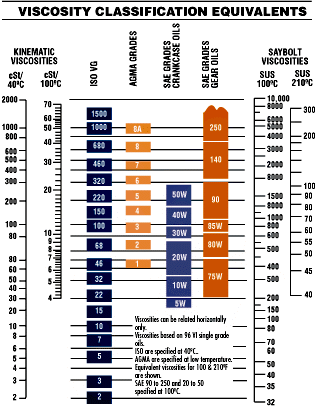

In the first row table 1, Enter kinematic viscosity (KV) at 40☌, In the same way enter kinematic viscosity in the second row. To calculate viscosity index we need viscosity of an oil both at 40☌ and 100☌. Click on the test method number to learn more about each test.Ĭontact us today to receive a quote for your petroleum testing.ĪSTM D2270 corresponds to ISO 2909 and IP 226.įor additional information on this test method or to purchase a copy of the method, please click HERE to open a new window and visit the ASTM website. Learn more about our laboratory's certifications and quality program here.Standard practice for viscosity index (VI) calculation as per ASTM D2270 and ISO 2909. We also perform viscosity testing by ASTM D1092, ASTM D2161, ASTM D2422, ASTM D2532, ASTM D2983, ASTM D341, ASTM D445, IP 226, IP 71, ISO 2909, and ISO 3104. These different test methods use different instruments or procedures or are used for certain sample types. This calculation requires ASTM D445 - Kinematic Viscosity.

ASTM D2270 covers the procedures for calculating the viscosity index of petroleum products, such as lubricating oils, and related materials from their kinematic viscosities at 40 and 100☌. Viscosity Index is sometimes used to characterize base oils for purposes of establishing engine testing requirements for engine oil performance categories. The viscosity index is used in practice as a single number indicating temperature dependence of kinematic viscosity. A higher viscosity index indicates a smaller decrease in kinematic viscosity with increasing temperature of the lubricant. We perform fuel and lubricants quality testing by ASTM D2270 to calculate a petroleum product’s viscosity index from the product’s kinematic viscosity. The viscosity index is a widely used and accepted measure of the variation in kinematic viscosity due to changes in the temperature of a petroleum product between 40 and 100☌. ASTM D2270 - Standard Practice for Calculating Viscosity Index From Kinematic Viscosity at 40 and 100☌


 0 kommentar(er)
0 kommentar(er)
